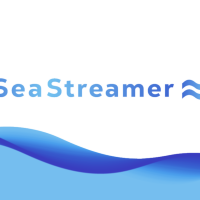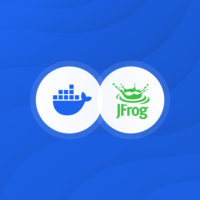
Tutorial on Building a Redis / Kafka Data Sink using Rust and SeaQL
Learn how to create a system using Rust that subscribes to a real-time websocket data feed, streams the data to Kafka / Redis, and saves it into a SQL database, following a micro-services architecture using SeaStreamer and SeaORM.
Published 1 year ago by https://github.com/tyt2y3 on www.sea-ql.org
Abstract
This tutorial guides you through building a system that subscribes to a real-time websocket data feed, streams data to Kafka / Redis, and saves it in a SQL database using Rust, SeaStreamer, and SeaORM. It covers setting up Redis, creating WebSocket subscribers in Rust, sending subscription requests, connecting to SeaStreamer, creating producers, decoding messages with serde, and streaming data to SQL databases with SeaORM.
Results
This information belongs to the original author(s), honor their efforts by visiting the following link for the full text.
Discussion
How this relates to indie hacking and solopreneurship.
Relevance
This article is crucial for you as it provides a practical guide on building a real-time data processing system using Rust and SeaQL technologies, which can enhance your project with efficient data streaming, message processing, and database interactions. It highlights opportunities in micro-services architecture, async real-time programming, and leveraging the SeaQL and Rust ecosystem.
Applicability
You should follow the step-by-step instructions in the tutorial to implement a system that subscribes to websocket data, streams data to Kafka / Redis, and saves it to a SQL database. Utilize the provided code snippets and technologies like SeaStreamer and SeaORM to enhance your real-time data processing capabilities.
Risks
One risk to be mindful of is the complexity of setting up and integrating different technologies like Rust, SeaStreamer, and SeaORM. Ensure compatibility between versions and dependencies to prevent issues. Additionally, handling real-time data processing may require efficient resource management to avoid bottlenecks or delays.
Conclusion
Understanding how to efficiently process real-time data using Rust and SeaQL technologies sets you up for future trends in data streaming and micro-services architecture. You can leverage these skills to scale your projects by subscribing to multiple streams, sinking data into large databases like MySQL or Postgres, and optimizing data insertion for higher throughput.
References
Further Informations and Sources related to this analysis. See also my Ethical Aggregation policy.
Building a Redis / Kafka Data Sink | SeaQL
This tutorial shows you how to use Rust to build a system that:


SeaORM
Explore SeaORM, an async and dynamic ORM for Rust, designed to simplify building web services with powerful query capabilities and seamless integration. Stay updated with tutorials and best practices to leverage SeaORM for creating efficient, scalable applications.
Appendices
Most recent articles and analysises.

Amex's Strategic Investments Unveiled
2024-09-06Discover American Express's capital deployment strategy focusing on technology, marketing, and M&A opportunities as shared by Anna Marrs at the Scotiabank Financials Summit 2024.




